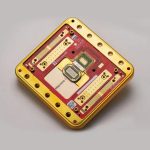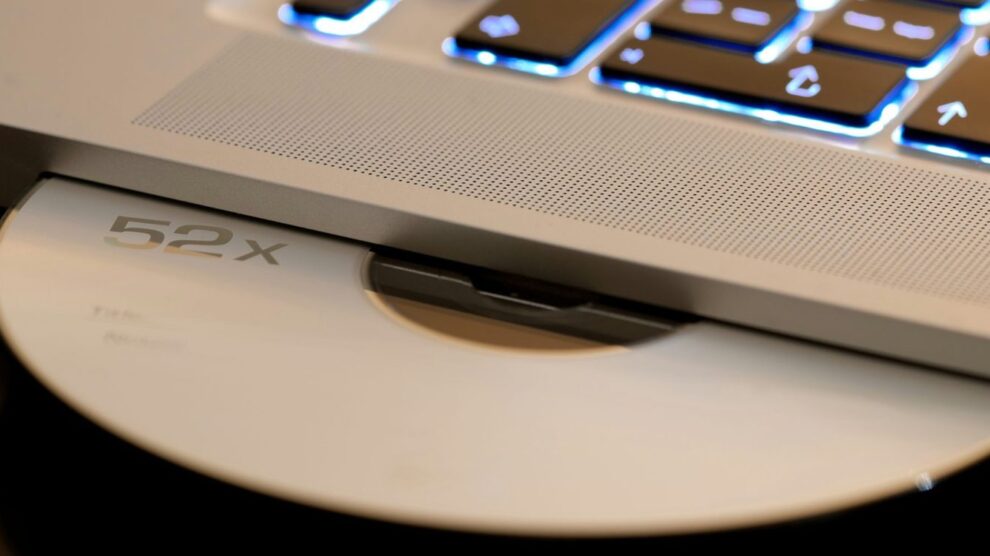With Apple retiring the venerable optical drive from support and maintenance relevance by deeming mid-2012 MacBook Pros obsolete, an interface many considered a desktop mainstay disappears into computing’s rearview mirror.
This hardware denouncement spurs reflection on the photo-processed disc’s prominent role delivering software, archiving data and enjoying multimedia during the golden age of physical media across the 1990s and 2000s.
Personal Reflections on a CD-ROM Childhood
I still have fond memories inserting vibrant game and application CD-ROMs into bulky beige desktops as a child mesmerized by the magical software installation. Or carelessly handling the family photo archive burned onto a rainbow spindles of mass produced memories by my parent’s side.
That ritual of tangible software procurement and data storage always felt far more significant than today’s invisible world of downloaded apps and cloud-based storage. For better and worse, physicality conveyed weight, ownership and permanence upended in the digital era.
The Comfort of Materiality
However, for those who equate familiarity with the comfort of optical discs and drives, all may not be lost. External USB based drives grant that tangible bond for the rare moments indispensable optical access proves essential.
Early Signs of Inevitability
Truthfully, the downgraded standing of optical drives felt increasingly inevitable as streaming and cloud storage crossed into the mainstream during the early 2010s, granting convenient on-demand access without physical hosting burdens.
New laptop manufacturers leaned into these digital shifts by removing optical drives across product lines between 2008 through 2012. Apple’s mid-2012 MacBook Pro retirement simply formalizes the obvious.
The March Towards Dematerialization
This slow optical fading previews computing’s broader material dematerialization we grapple with as more beloved technologies inevitably digitize thanks to the efficiency and instant access of cloud-based software and storage alternatives.
Embracing the Intangible Digital Lifestyle?
Accepting optical drives’ diminished relevancy feels akin to grandparents struggling with smartphone apps and websites supplanting familiar newspapers or maps. The recognizable transformed terrifies.
But for digital natives already accustomed to downloading games rather than visiting stores, resignation to the diminishment of familiar physical intermediaries comes easier. Perhaps dematerialization anxiety merely reflects age.
A Personal Transition in Computing Relationships
My parents recall the shift from film photography to digital cameras with some longing for nostalgic chemical development rituals we skip with Instagram uploads. Similarly, the disappearance of optical drives likely brews bittersweet reflections for those who cherished the sights, sounds and tangible ownership they represented.
Did you rely on optical media for a significant computing task that has now faded from relevance? Please share your enduring optical media memories below










Add Comment